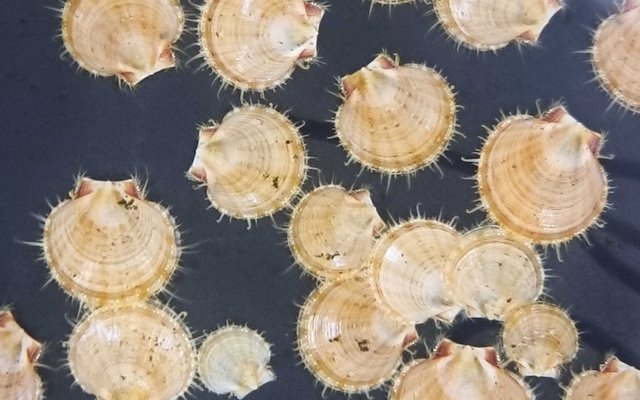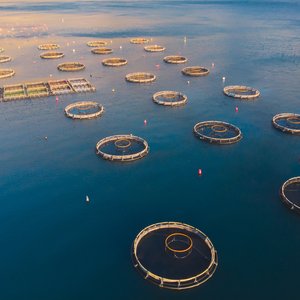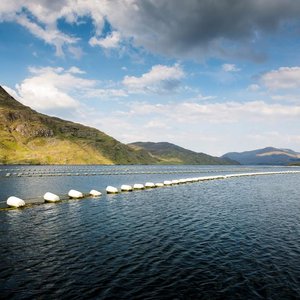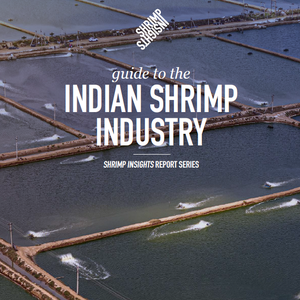Hatchery-reared juvenile scallops have been successfully deployed for the first time off the coast of Rottnest in a crucial step towards developing a more productive and sustainable saucer scallop fishery for Western Australia. The Department of Primary Industries and Regional Development (DPIRD) recently deployed about 5,000 scallop spat, testing the transport and deployment process for the scallop fishery stock enhancement. The $2.7 million project includes support and investment by DPIRD, industry partner One Sea Pty Ltd and the Fisheries Research and Development Corporation on behalf of the Australian government.
DPIRD’s shellfish aquaculture research manager Roger Barnard said the scallop larvae and spat were successfully cultured in the Hillarys shellfish hatchery after induced spawning of broodstock collected from the Rottnest fishery. Spat were cultured in the hatchery for over four months to 5-15mm size on a mixed microalgae diet before being deployed.
Barnard said the two-year research project aimed to boost wild scallop stocks and develop a more productive and sustainable fishery, increasing resilience and mitigating the effects of climate change and marine heat waves.
“Our team of dedicated technical officers and research scientists, together with water supply and systems support staff, have done exceptionally well developing innovative techniques and systems to reliably culture scallop larvae and spat in the hatchery,” Barnard said. “The team has been testing a number of key variables to develop successful hatchery protocols, including algae feed rates and species, water exchange rates, temperature and settlement media. Moving forward, we are focused on propagating larger numbers of scallops.”
DPIRD marine shellfish research scientist Lotus Hassan said the successful deployment trial was a team effort with DPIRD’s Aquatic Science and Assessment (Ecosystem and Invertebrate Trawl), Aquatic Research Management and Shark Research providing the boat.
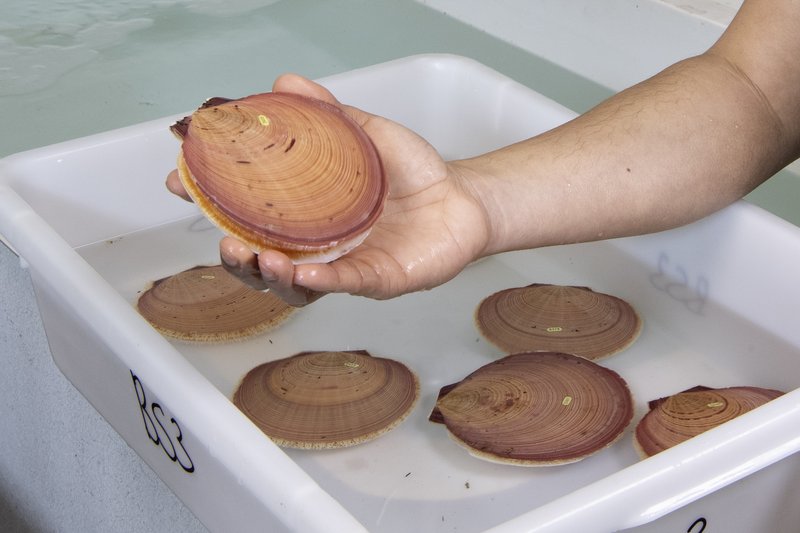
DPIRD Marine shellfish research scientist Lotus Hassan inspects adult scallops at the hatchery.
“As part of our research, we are also testing the feasibility of an ocean-based nursery, using a Floating Upweller System (FLUPSY) and lantern nets to grow out scallop spat to a larger size prior to release, with the aim to increase survival post-deployment,” Hassan said. “For this trial deployment, we recorded the movement of scallops deployed near the seafloor.”
“We also tested the survival of the deployed spat by bringing back a sub-set of spat to Hillarys. The majority of spat survived and thrived on feeds naturally available, growing up to 20mm in size, indicating the transport and deployment process was effective and can be upscaled when required,” Hassan said.
One Sea Director Clayton Nelson said the deployment demonstrated the commitment of the project partners to meeting milestones in the development of this project. “The future is looking positive and we are all very excited at the progress so far.”


